BY DEBAJYOTI CHAKRABORTY
KOLKATA, 14 SEPTEMBER 2022
A real demonstration of monitoring of large and threatened mammals in the Indian Himalayan Region (IHR) made by the team of Zoological Survey of India (ZSI) by the use of non-invasive genetics.
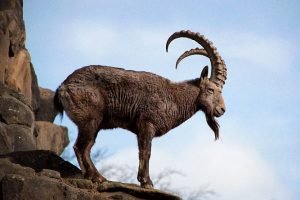
“This has been the largest attempt from the Indian Himalayan region (IHR) where nearly 5000 faecal samples were processed for non-invasive genetic monitoring of threatened mammals covering six study sites namely Lahaul and Spiti, Uttarkashi, Darjeeling, East Sikkim, West Kameng and East Siang. Altogether we had at least one site that represented all biotic provinces of the Himalayan and Tran-Himalayan Biogeographic zones,” said Mukesh Thakur, scientist of ZSI.

The ZSI scientists identified 37 mammals and 13 species were studied for their genetic make-up, population structure and genetic fitness. Mukesh Thakur along with Lalit Sharma who heads the GIS and Wildlife Section of ZSI coordinated the project activities. Low to moderate levels of genetic variability were observed and most species exhibited stable demographic histories.
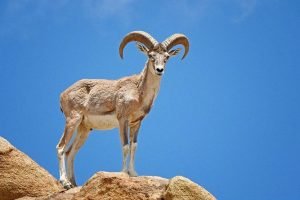
Dr. Dhriti Banerjee, Director of Zoological Survey of India (ZSI), Kolkata told The Travel and Tourism Times that it was not an easy and straightforward task for the scientists, but the study made a benchmark to be followed. She assured that no parallel work has ever been done in India under one single project as far as the number of species studied genetically with the use of faecal samples. “Certainly, this type of deliverable is only possible with the strong determination, pervasiveness, clarity of vision and unbiased contribution/coordination of all the team members,” Dr. Dhrit Banerjee added.
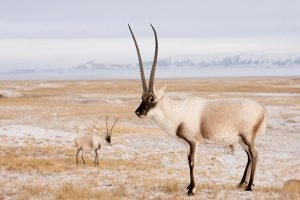
The project was awarded to the institute under the large grant category of National Mission on Himalayan Studies supported by the Union Ministry of Environment, Forest and Climate Change (MoEFCC). The study has estimated an unbiased population genetic account for 13 species that may be monitored after a fixed time interval to understand species performance in response to the landscape changes. The study published in the “ Science of the Total Environment” shows the pragmatic permeability with the representative sampling in the IHR in order to facilitate the development of species-oriented conservation and management programmes.
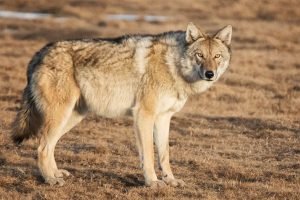
Highlights :
Non – invasive genetics may be used to evaluate permeability in large landscapes. ZSI processed 4806 faecal samples and identified 37 mammals in IHR. An unbiased population genetic account for 13 species has been established. The baseline genetic estimates may be revisited to understand species performance. The results will be of high utility in conservation planning and management.
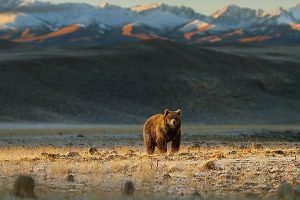
LARGE MAMMALS OF THE HIMALAYA :
The Himalaya, along with the marginal mountains of the Tibetan plateau, the Trans-Himalaya, sustain a rich assemblage of highly specialized wildlife that play a crucial role in the mountain ecosystem by being both ecologically and economically important. The wild herbivores form the most significant group of wildlife in this mountainscape.
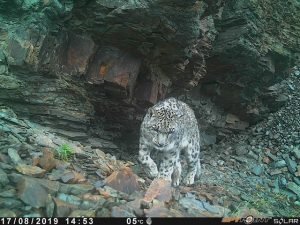
While some of the wild herbivore species namely Himalayan tahr, Himalayan serow, musk deer, Himalayan goral, Kashmir stag or hangul and markhor are typical to the main Himalayan range, species like Kiang, Tibetan gazelle, Tibetan argali, wild yak, Ladakh urial are typical to the Trans-Himalaya. Asiatic ibex and bharal or blue sheep occur in both the mountain ranges usually above 3000 m altitude.
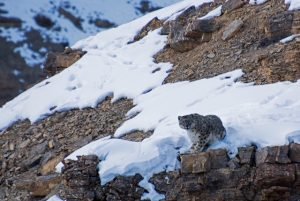
Apart from maintaining and regulating vegetation structure and plant species diversity, wild herbivores serve as prey to the endangered predator species in the region like the snow leopard, Tibetan wolf, brown bear, common leopard and Asiatic black bear. Moreover, most of these Himalayan and Trans-Himalayan species are not restricted to protected areas but occur across the landscape.

With such a vast diversity of wild herbivores and carnivores, the Himalaya and Trans-Himalaya together constitute one of the most ecologically significant regions of the world.


Advertisement:




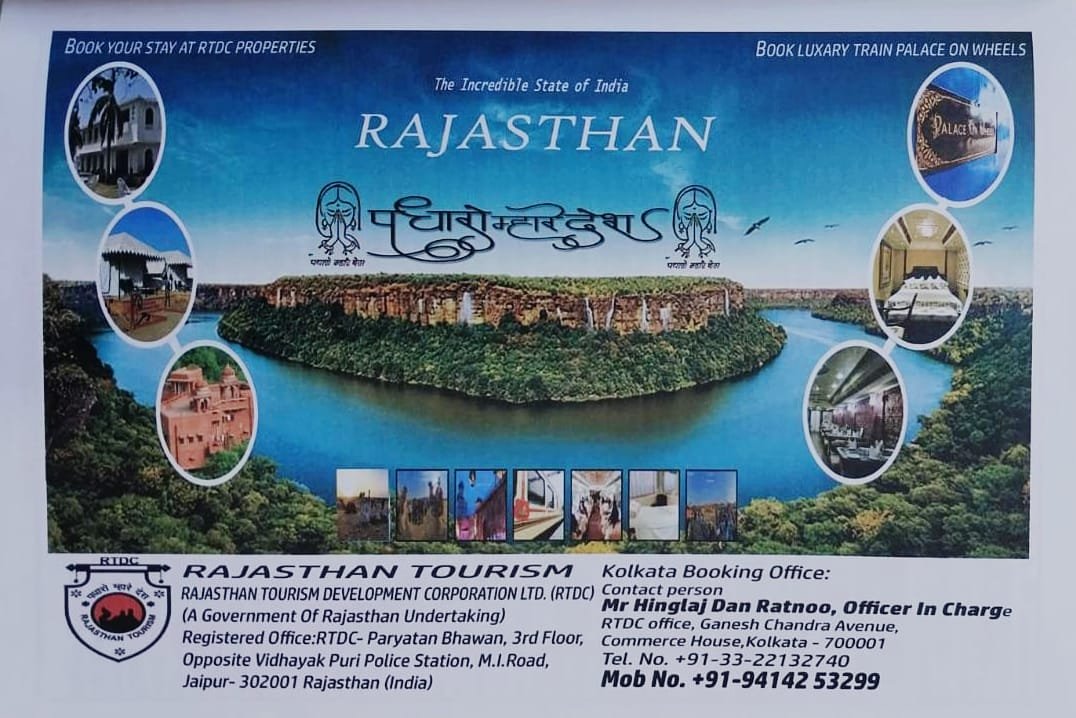















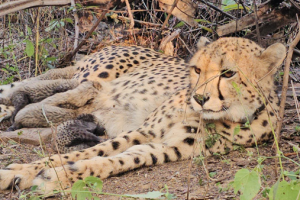









Add Comment